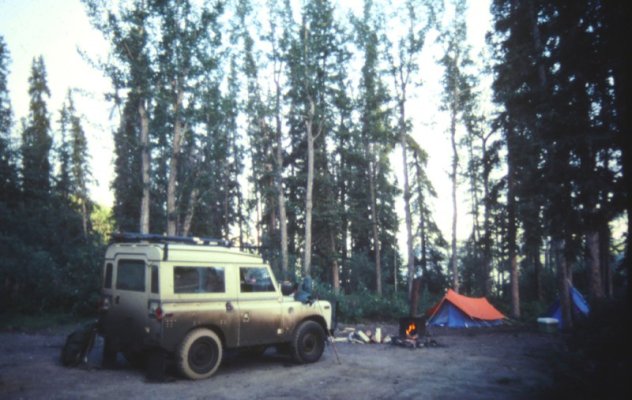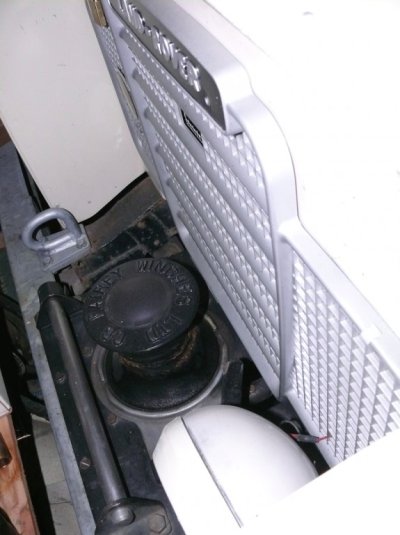nomadwilly wrote:FF expresses himself strangely sometimes but here I thing he makes a good point and your responses Marin and Rick are a bit crude and rude and thoughtless.
For the most part, FF is living in a long-gone world.* His interpretation of what is "new" is what most of the rest of the world already considers old.
Old folks probably figure that in order to fly a modern jetiner, all the training that was once considered essential thirty, forty, fifty years ago is still essential.* It's not.* More and more airlines are starting to do what Emirates Airline and others have been doing for quite awhile.* Emirates, recently rated the best international airline in the world, takes pilot candidates with the right educational background and trains them from the outset to be 777 and A380 flight crew members.* They never see a Cessna or Piper or Robin trainer. The first time they get their hands on a "plane" is when they step into a 777 or A380 flight simulator.* Technology in the training, the simulators, and the planes themselves has eliminated the need for all that Private Pilot/Commercial Pilot/Instrument Pilot stick and rudder stuff.* You still have to know a degree of it, but you don't have to know or experience it to the extent you used to in order to fly a current-generation jetliner.
The fact is that new technology--- which most older people tend to inherently distrust--- is rapidly replacing the need for old-style training.
FF will probably come back with a 1950s reason why technology-based flight-- automated flight if you will--- is Bad.* But the Predators that have been flying over Iraq and Afghanistan for years now have been flown by kids at desks at bases in the US using glorified game controllers and video monitors.* Airliners already "talk" to their operators' maintenance bases in real time no matter where they are flying over the planet, tell them what's wrong, what parts will be needed to fix it, and what tools will be needed to install the parts when the plane arrives.* It's no stretch at all to fully automated commercial flight.* There are reasons why we aren't there yet but they are human reason, not technological reasons.
The exact same thing can be said of boats.* While the occasional boating accident by a boater with no clue about much of anything makes the news now and then, the reality is that-- in the US, it's different in Europe--- anyone with the money can buy any boat they want and operate it.* No seamanship training is required.
And judging by what we've observed and heard in dock conversations in our own boating in our waters, more and more boats are being operated exactly this way.* Person buys a boat--- 40, 50 feet, whatever--- loads it up with all sorts of technology--- autopilot, thrusters, remote controls, GPS, radar, TracVision, etc.--- learns to operate the technology, and goes boating.* And 99 percent of these people get out, take their cruise, and get home with no problems whatsoever.* They don't know how to tie a bowline, they couldn't tell you what a green and red striped buoy means, and they don't know any of the stuff in Chapman's.
What they
DO know is how to run the technology.* The ones who get in trouble don't.* The technology tells them everything they need to know and does everything they need to do.* And the reality is--- it works.* Boaters are doing it all the time, and even newer technology-- like pod drives--- is making it easier and easier.* If you've got the right technology and know how to use it, you don't need to know much else.
That's not quite the same thing as saying you don't
HAVE to know much else, because there are aspects of boating that technology doesn't deal with, at least not yet.
But, like manual transmissions in vehicles, seamanship is becoming an unnecessary requirement if the goal is to safely get a boat from Point A to Point B.
My wife and I use charts and plot courses and have all sorts of stuff on board to help us interpret navaids and light signals.* We have and use a magnetic compass.* We also have radar and multiple GPS plotters and depth sounders and knot meters.* While we do not have an autopilot or computer controlled, GPS-linked pod drives, the reality is that we could dispense completely with the paper charts, the plotting tools, the compass, and all the stuff about navaids and horn signals, all the stuff in Chapman's and whatnot and it would not make one bit of difference to what we do with the boat.* I cannot think of anywhere we have taken our boat in the twelve-plus years we have owned it--- any harbors, any marinas, any anchorages in the San Juans, Gulf Islands, and Desolation Sound--- that we could not have gotten to and into using only the electronics we have on board.* And our equipment is not the latest stuff.
And if we had a pod-drive boat like the GB41, we would not even have to know how to maneuver with props and rudders at all in order to dock the thing.* All we'd have to learn is how to set and manipulate the simple device that controls the pods.
The stock retort from the FF crowd is, what do you do when the technology breaks?* The answer is dirt simple--- you design it so it won't, and then design in enough redundancy so that if it does, technology backs up technology.* We do it now with airliners.* Doing it in a boat would be no different.




